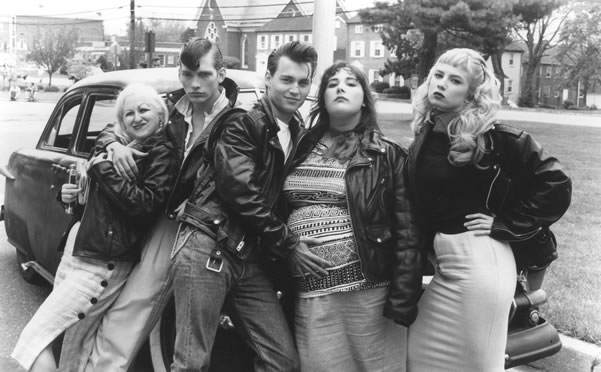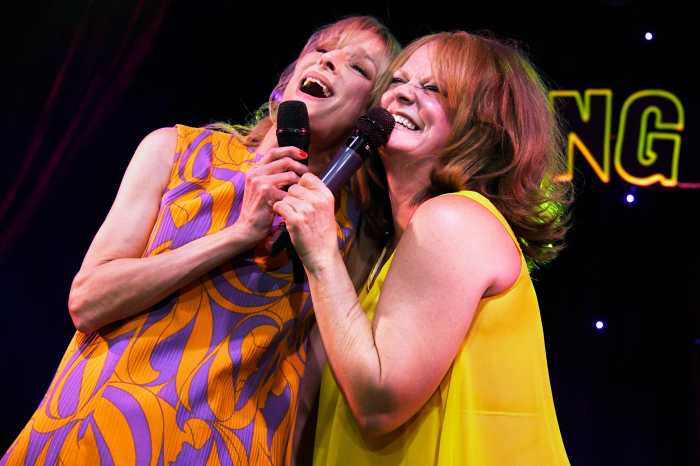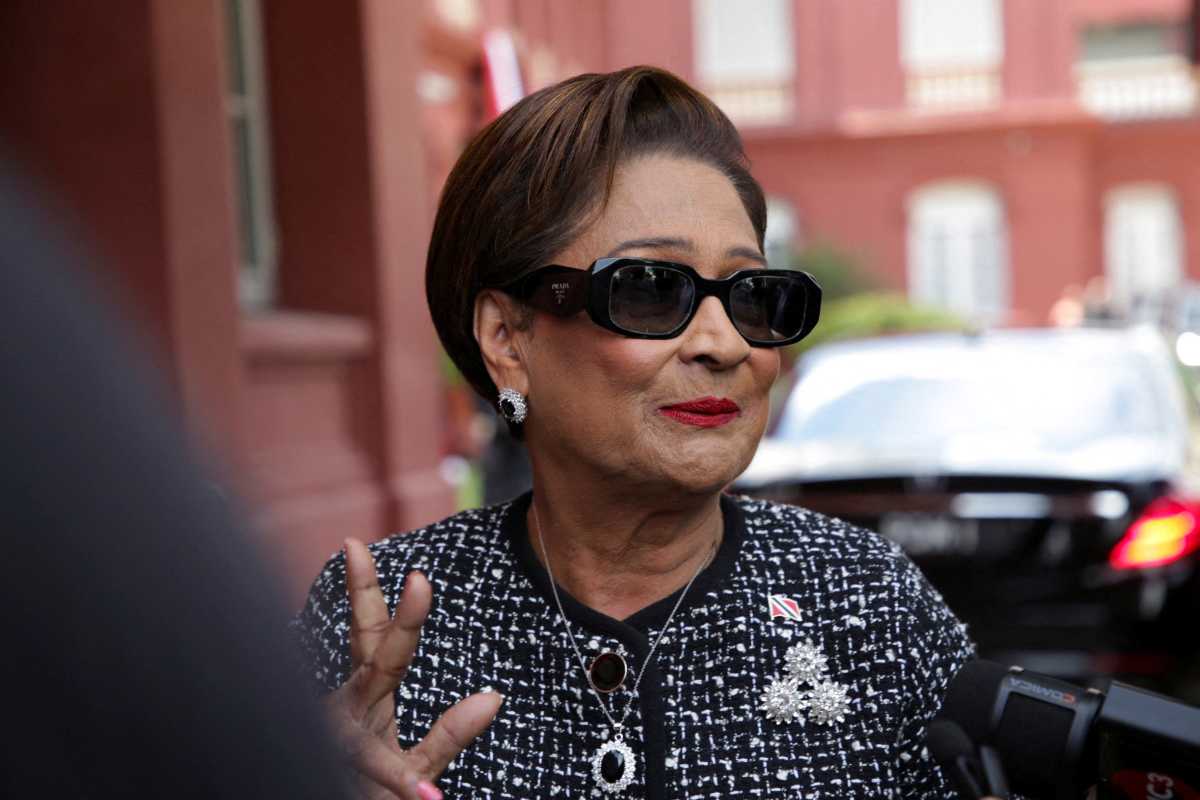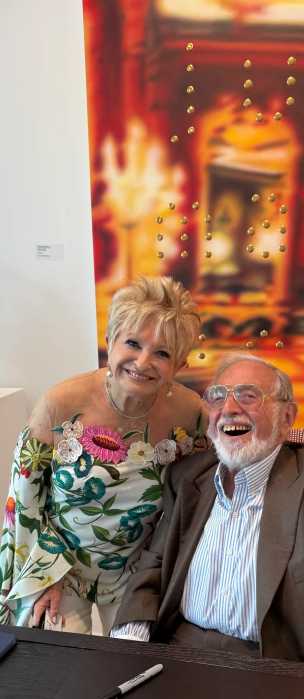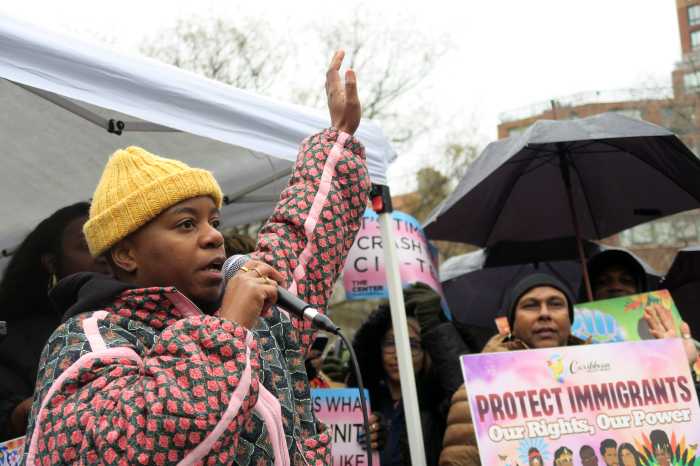BY SCOTT STIFFLER
Anthology Film looks back at ‘Me Decade’ musicals
By the time movie musicals made it to the Me Decade, the sunny disposition and grand boy meets girl story arcs of everyone from Busby Berkeley to Rodgers and Hammerstein seemed like pale light from an ever-dimming star.
The final salvo of Anthology Film Archives’ Hollywood Musical series (having already paid tribute to the ’70s) takes you back to the future — with over a dozen ’80s selections that document the moment in time when pop culture itself eclipsed book and lyric duos as the genre’s dominant creative force.
Although a few selections remain largely, deservedly forgotten (1982’s “Forbidden Zone” and 1983’s “Get Crazy”), most choices that populate this 12-day series merit a second look or first discovery — even if they lack the hummable tunes and memorable quips of their Golden Age predecessors.
Tasked with competing against teensploitation (“Porky’s”) and horror franchises (“Nightmare on Elm Street”), output of this era aimed for the newly minted MTV generation (think 1984’s South Bronx-set hip-hop opus “Beat Street”). Multiplex hits like 1980’s “Blues Brothers” (from the SNL sketch) and Prince’s longform music video “Purple Rain” (1984) saw TV and music stars take their act, wholesale, to the big screen.
That great leap forward in crossmarketing was best realized by 1986’s “True Stories” — which had Talking Heads frontman David Byrne pulling triple duty as director, star and interpreter of his band’s LP take on songs sung by the film’s cast. From 2011’s perch, this poker-faced tour through a small Texas town prepping for a sesquicentennial celebration comes off as a melancholy, slightly less smarmy template for Christopher Guest’s 1996 mockumentary “Waiting for Guffman.” Acting largely with their eyes, Swoozie Kurtz as a wealthy agoraphobic and Spalding Grey as the master of his own dinner table bring charismatic eccentricity to the damaged dreamers they play. Future Blues Brother John Goodman anchors the flick as a deeply insecure, lovesick teddy bear who shakes off his introverted nature while singing the climactic “People Like Us.”
By the time audiences and auteurs settled into the ’80s, America’s look back in affection at the ’50s had begun to show its age. (When Fonzie jumped the shark in an episode of “Happy Days,” his daredevil stunt soon became shorthand for that precise moment in time when a beloved piece of pop culture begins to overstay its welcome). That didn’t stop “Pope of Trash” John Waters from mining the world of downscale greasers for 1990’s “Cry-Baby.”
Despite the presence of a dreamy Johnny Depp, hardcore fans of the director and critics alike gave a chilly reception to this follow-up project to Waters’ sugar rush mainstream hit “Hairspray.” Forever cursed to live in that film’s long shadow, “Cry-Baby” was recently scorned again when a musical version failed to find an audience (ironically, the stage version’s greenlight came after the smash success of “Hairspray” on Broadway). The cut screening as part of Anthology should be a pleasant surprise — since curators assure it bears little resemblance to the chop shop travesty that made frequent appearances on ’90s basic cable. Supporting players Iggy Pop and Patty Hearst (plus more than enough Waters weirdness) make it highly watchable in any form.
Those with a rarefied taste for “Cry-Baby” should make a point to see Robert Altman’s “Popeye.” The severely undervalued 1980 film has a multitude of gems to offer audiences who’ve been burned by this summer’s shameful list of boring, bloated comic book adaptations. This “Popeye” stays amazingly true to the look and feel of E.C. Segar’s comic strip (with teetering seaside sets that look as if they’ve been drawn by classic cell animators). It’s Altman’s layered use of sound that has the most impact, though — as musical numbers simmer to a boil before the first lyric is sung and sound effects serve as their own punchlines. Listen carefully for the pieces of mumbled brilliance coming at you sideways from the mouth of Robin Williams. As atypically nuanced as he is in the title role, Shelley Duvall’s Olive Oyl and Paul Smith’s Bluto emerge as quite possibly the two most perfectly cast actors ever to bring a character from the comic book page to the screen. They make the whole thing as enticing and empowering as the effect our main man gets from that unassuming can of spinach.



